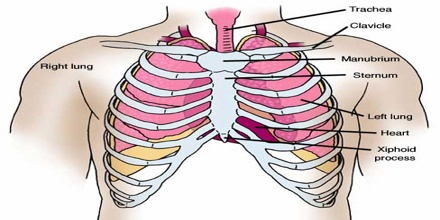What is Apothorax?
The apothorax is a critical part of the human anatomy, but it is often ignored. Nestled between the neck and stomach, it is the region that houses some of our most important organs, such as the heart, lungs, and thymus gland. But what precisely is the apothorax, and what makes it so vital?
Anatomy of the Apothorax
The apothorax, additionally referred to as the thoracic hollow space, is a kind of cone-shaped area covered by the rib cage, sternum (breastbone), and backbone. These bony systems provide a sturdy framework, protecting the sensitive organs inside from outside harm. The diaphragm, a sheet of muscle separating the chest from the abdomen, is the lower boundary of the apothorax.
Vital Organs of the Apothorax
Heart: The lifeblood of the body, the heart pumps oxygenated blood
for the duration of the circulatory gadget. The sternum and ribs cover
the heart, which is located slightly to the left of center inside the
apothorax.
Lungs: These spongy organs are accountable for fuel change, taking in
oxygen from the air and releasing carbon dioxide. The lungs occupy most
of the space in the apothorax and are surrounded by a thin membrane
referred to as the pleura.
Thymus gland: This gland performs an important function in the
improvement of the immune system, particularly in early adolescence. The
thymus is located behind the sternum and shrinks as a person ages. Read More: What is Apothorax?
Also Search:
Apothorax, 46.948.861 Jose Luis Rodrigues Palmas, Backiotomy



Comments
Post a Comment